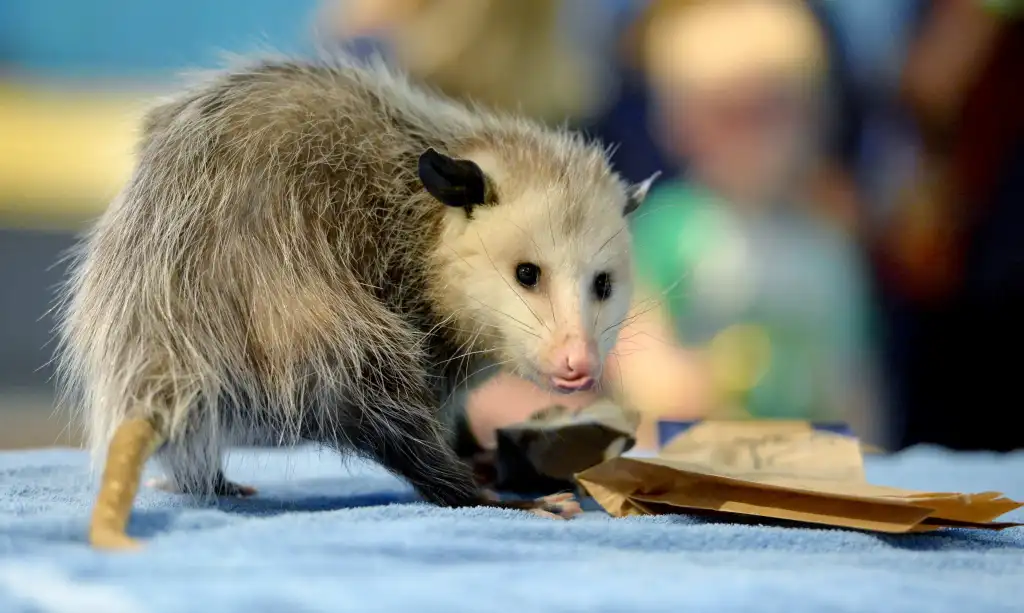Copyright The Mercury News

DEAR JOAN: We have an opossum living at the base of a shrub in our side yard. We generally don’t go near there, only when we take the garbage to the curb weekly. My husband is talking about trimming some branches off the shrub to discourage the animal, but I don’t see a reason to do so. As I said, we don’t usually go near there and neither does our dog, and I don’t see that he does any damage. Is there any compelling reason to get him to leave? — Babette Hiestand, Walnut Creek DEAR BABETTE: It’s not a good idea to do things that actively attract wildlife to your yard. By actively, I mean putting out food or trying to “tame” them. But that’s not what you’re doing. For whatever reasons, the opossum has found a home in your yard and you are merely letting it be. Opossums usually don’t stay in one place for long, so it might eventually move on without any encouragement from your husband. There are benefits to having an opossum as a close neighbor. Of all the critters that could move in, the opossum is probably the easiest to co-exist with. They rarely do significant damage to yards and gardens, although they can snack on fruits and vegetables. More often, they eat the sorts of things that we don’t want in our yards — insects, slugs, snails, ticks, cockroaches and even some rodents. They also don’t carry some of the diseases other animals carry, such as rabies. Their low body temperature seems to counter rabies, although they can carry leptospirosis, which is a serious bacterial disease. If the opossum sticks around, you should talk to your vet about immunizing your dog against it. Don’t attempt to feed it, keep your garbage bins tightly shut, and don’t allow your dog out unsupervised. Opossums aren’t known to attack humans or dogs, but it’s always a good idea to be cautious. DEAR JOAN: Earlier in the year we had multiple mourning doves building nests in pots or wherever they could find a flat place. I enjoyed the cooing sounds. Recently I realized I haven’t seen or heard them lately. I do not feed them. Any ideas on what might have changed? I plead ignorance as to what their primary food source might be. I do have a very active humming bird habitat, using approximately a half gallon of sugar nectar a day, which seems to be decreasing with the colder weather. — Jo Knoll, Grants Pass, OR DEAR JO: Although we tend to think of mourning doves as permanent residents of California and Oregon, some do migrate in the winter, moving further south to warmer climates. Experts consider it a partial migration because the birds don’t travel the distance that many other types of birds do. If mourning doves have a steady and reliable source of food, and they don’t find the area too cold, they may become full-time residents. So, some of your mourning doves might have flown down to Southern California, but others may have just moved a few miles to where food is more abundant. The Animal Life column runs on Mondays. Contact Joan Morris at AskJoanMorris@gmail.com.



